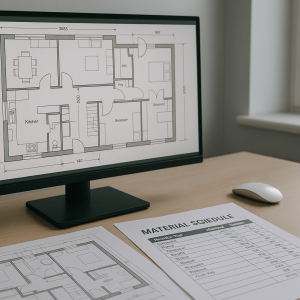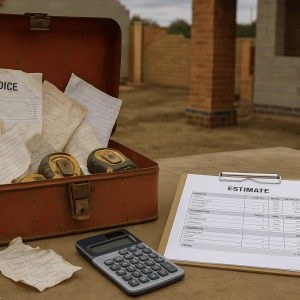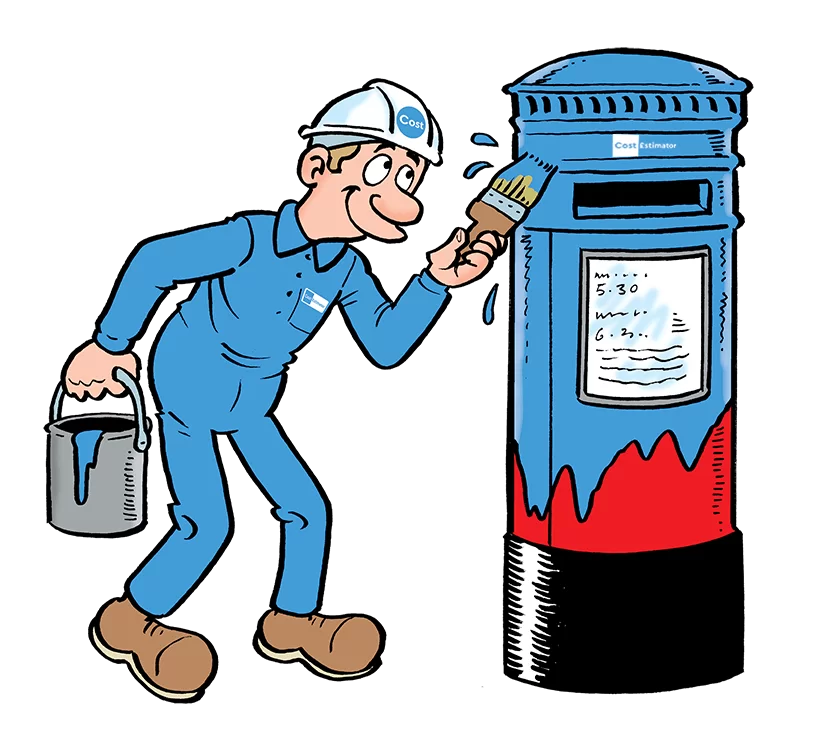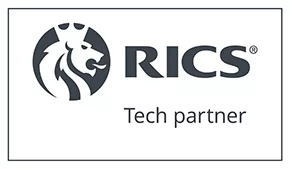Lift installations are crucial undertakings that can vastly improve the functionality and accessibility of any building, be it commercial, residential, or public. But, how do you go from planning to execution without a hitch? In this guide, we delve into the essential steps needed to ensure your lift installation project is seamless and successful.
1. Understanding Your Lift Installation Needs
First things first: why do you need a lift? Is it to improve accessibility, boost efficiency, or perhaps both? Assessing the intended usage, potential user volume, and specific user needs is key to determining the type of lift that best suits your project. This initial step lays the groundwork for a tailored installation plan.
2. Selecting a Lift Installation Contractor
Your choice of contractor can make or break your project. Aim for lift installation specialists with robust experience and glowing client testimonials. It’s also a good practice to verify their credentials and request references. A knowledgeable contractor will not just execute the project but will guide you through the nuances of lift installation.
Site Inspection and Initial Preparation
After choosing your contractor, a thorough site inspection should be next on your agenda. Checking the structural integrity of the building, identifying the optimal location for the lift shaft, and noting any potential hurdles are crucial at this stage. Open communication with your contractor will help pinpoint and rectify issues early, setting a clear path forward.
3. Securing Permits and Clearances
Lift installations come with their fair share of red tape. Securing all necessary permits and approvals is imperative to avoid legal troubles and project stalls. Your contractor should have a good grasp of the relevant building codes and help you navigate the permitting process.
4. Preparing the Installation Site
Clear the area of obstructions and debris to pave the way for a smooth installation. Depending on your building’s layout and the lift type, structural reinforcements might be necessary. Similarly, arranging for the required electrical and mechanical infrastructure is crucial. Don’t forget about implementing safety measures to protect everyone involved.
5. Managing the Project Timeline and Budget
Keeping your lift installation on track and within budget calls for meticulous project management. Work closely with your contractor to map out a comprehensive plan covering all phases of the installation, from procurement to completion. Regular updates will help you catch and address any issues before they escalate.
6. Quality Checks and Final Testing
Before the lift can go operational, conducting extensive tests to confirm its safety and functionality is a must. This includes load tests, and checks on mechanical and electrical systems, ensuring everything aligns with industry standards and regulations.
Concluding Thoughts
Embarking on a lift installation project is no small feat. With the right preparation, a reliable team, and adherence to safety and regulatory standards, your installation process can be streamlined and effective. Remember, thorough planning and execution are the cornerstones of a successful lift installation.
Frequently Asked Questions About Lift Installation
What key factors should be considered before installing a lift?
Key factors include the purpose and type of the lift, the building’s structure, traffic flow, and specific user requirements.
How do I choose the right lift installation contractor?
Look for contractors with extensive experience, positive client feedback, and proven credentials in lift installations.
What is involved in preparing the site for a lift installation?
Site preparation involves clearing the area, possibly reinforcing structures, arranging for necessary utilities, and setting safety measures.
Why are permits important for lift installation?
Permits ensure that your lift installation complies with local laws and safety standards, preventing legal issues and ensuring safety.
What are the safety checks required after installation?
Safety checks include load testing, mechanical and electrical system inspections, and compliance verification with relevant standards.











